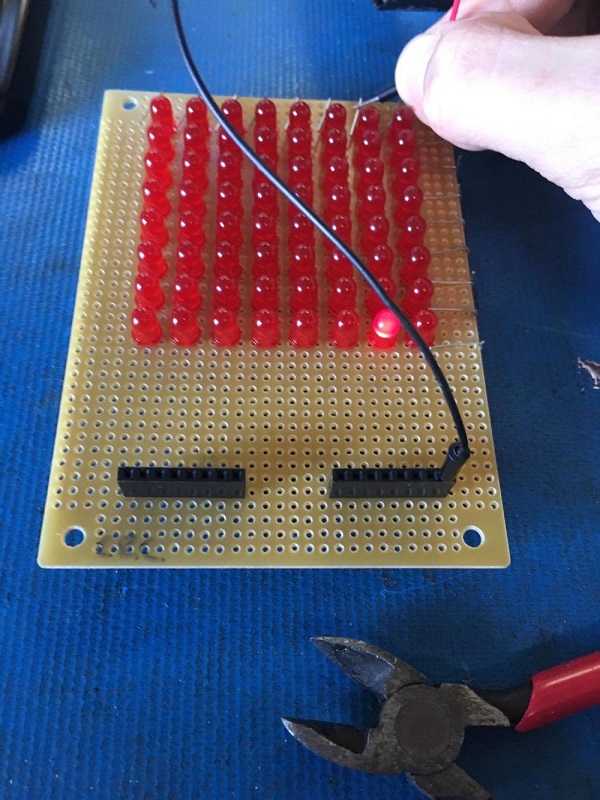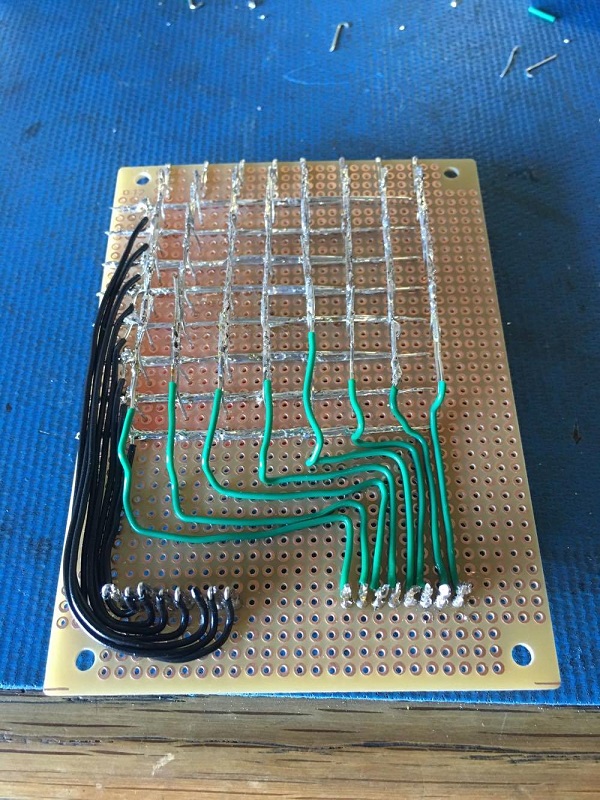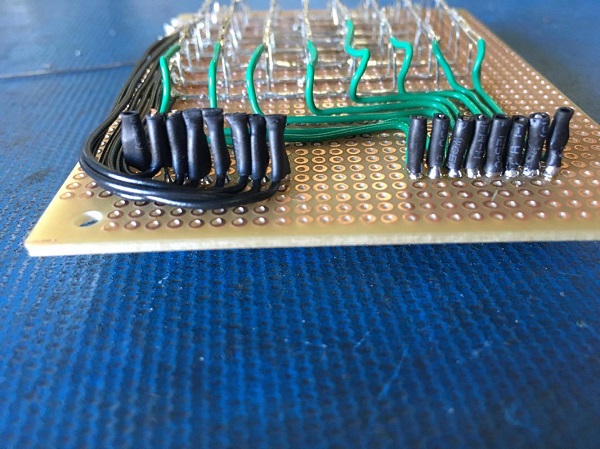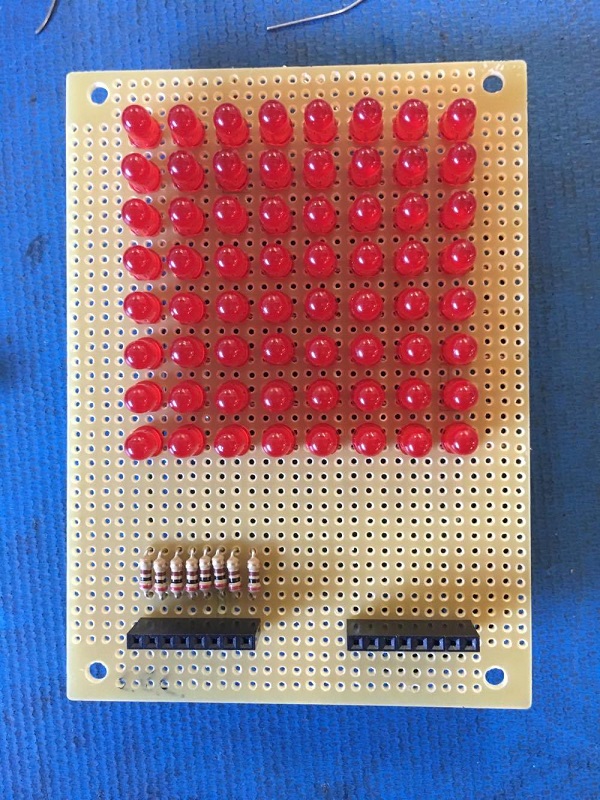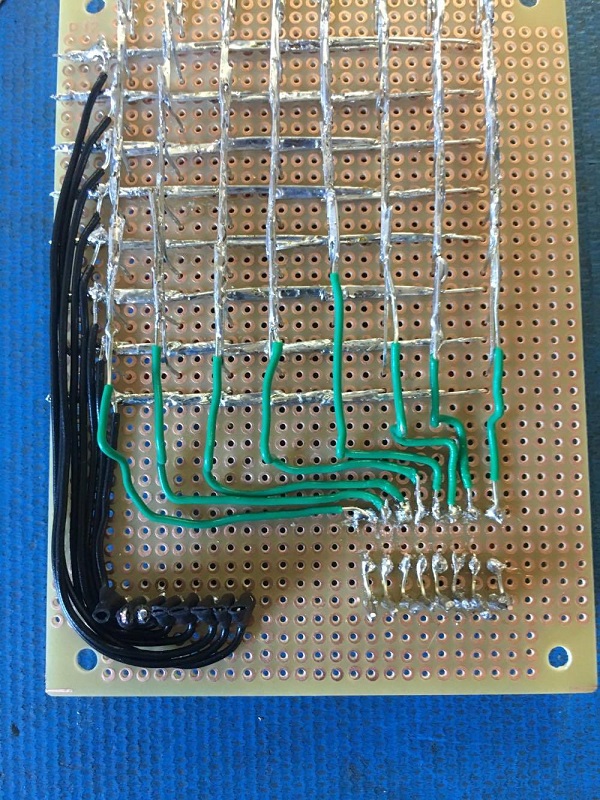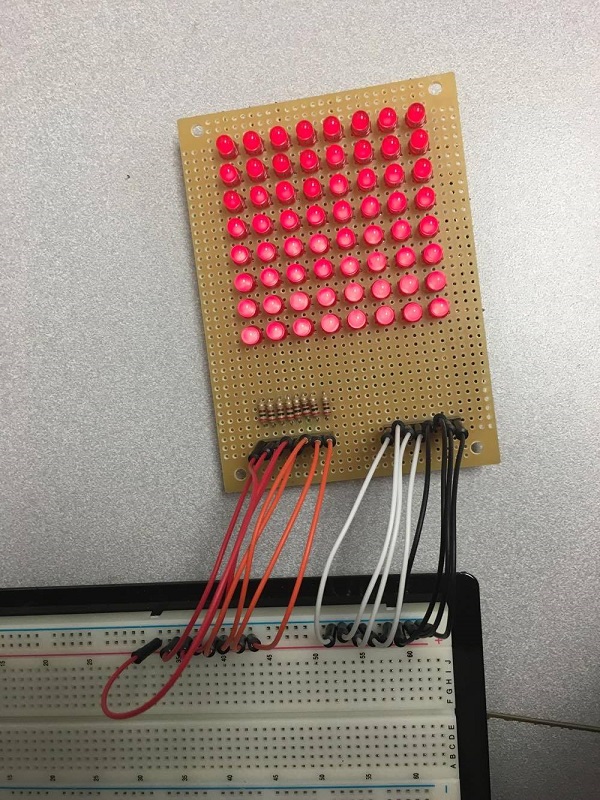8 Game Hacker Apps for Android 2018
Game Lovers??. Today is a lucky day for you. Because in this Post we are going to list out the top 9 Best Game Hacker Apps for your Android Device.
Playing Games on the Mobile device is one of the best ways to pass your free time. And surely the Android Operating System is the best choice for Mobile Gaming. Personally, I really love playing Games on my Android Mobile due to two main reason:
The First one being the number Games from varieties of the different genre that are available for us to feast on and the other reason being the flexibility that the Android OS offers for its users in terms of Gaming.
As a matter of fact, most of the Android Games are customizable to its core system. It means that you can hack into the Memory of any Android Games or Apps using the right tools.
If you want to increase ram without rooting your Android device there’s there’s a tutorial on techwhoop that can help you out to increase ram of your Android Smartphone.
The easiest and the most effective way to hack any Android Games is by using the Game Hacker Apps. But the problem that comes with this App is that most of this App doesn’t actually perform in the real world except for the few of the Apps.
So for all our readers, we will be listing out the best Game Hacker Apps for Android 2017 that would actually do the work right.
Best Game Hacker Apps for Android Devices
Best Game Hacker Apps for Android Devices
Now Hacking the Android Games or Apps can be quite beneficial because using this hacker app for Android you can tweak with the System Memory of any App or Games. And you can hack any of the in-app Purchases and unlimited resources of Golds, Coins, Points, and much more.So by using these Hacking Apps for Android, you will be able to create a whole new Mods for your favorite Android Games such as Clash of Clans, Subway Surfers, Mini Militia and much more.
Without anymore due let us jump into our list for the best hacking Apps for Android Games:
Xmodgames
 Xmodgames is one of the best game hacking app that will let you mod games on your rooted Android smartphone. It supports lots of popular games like Clash of Clans, Pokemon Go, Minecraft, Clash Royale and many others. One of the best features that we love about Xmodgames is its user-friendly interface which will pop over when you are playing the game.
Xmodgames is one of the best game hacking app that will let you mod games on your rooted Android smartphone. It supports lots of popular games like Clash of Clans, Pokemon Go, Minecraft, Clash Royale and many others. One of the best features that we love about Xmodgames is its user-friendly interface which will pop over when you are playing the game.
The regular updates provided by the app developers will ensure the compatibility of the game hacker with the latest games. You can download Xmodgames from here. Let us know what you think about this app!
Cheat Engine
 Cheat Engine App is certainly one of the best when it comes to providing tools for hacking Android Games. It is an Open Source App so you can download it for free on your Android Device.
Cheat Engine App is certainly one of the best when it comes to providing tools for hacking Android Games. It is an Open Source App so you can download it for free on your Android Device.
You can use the Cheat Engine App to customize any of the Games features within few seconds and make all kinds of changes in the game including new Weapons, adding new Characters, Invisible Walls and much more. So when it comes to hacking games on Android device, the Cheat Engine for Android certainly comes on top of all other apps.
GameCih
 Another contender on our list for the best game hacker Apps is the GameCih App. This Open Source free Android App allow the users to hack and modify most of the Android Games including both Online as well as Offline games to the user’s preference.
Another contender on our list for the best game hacker Apps is the GameCih App. This Open Source free Android App allow the users to hack and modify most of the Android Games including both Online as well as Offline games to the user’s preference.
But the Problem with the GameCih App is that it requires Root access for the App to run on your device. This means that your device needs to be rooted to hack any games using the GameCih App. But apart from that, the GameCih App is a very powerful Android Software capable of providing different features that will let any users hack games easily.
Lucky Patcher
 Lucky Patcher is certainly not new to Android Users. It is certainly one of the best apps for Android not on play store, and not just for hacking Android games but for more.The Lucky Patcher Software allows users to remove ads, license verification and modify the memory of any games or Apps within few seconds to their needs. Lucky Patcher App is certainly the App for Hacking Offline Android Games and hacking any of the in-app Purchases for any games or apps. So if your device is rooted and you want to download an app that will help you hack games, then the Lucky Patcher App should certainly be one of your first choices.
Lucky Patcher is certainly not new to Android Users. It is certainly one of the best apps for Android not on play store, and not just for hacking Android games but for more.The Lucky Patcher Software allows users to remove ads, license verification and modify the memory of any games or Apps within few seconds to their needs. Lucky Patcher App is certainly the App for Hacking Offline Android Games and hacking any of the in-app Purchases for any games or apps. So if your device is rooted and you want to download an app that will help you hack games, then the Lucky Patcher App should certainly be one of your first choices.Freedom App
 The next App in our list for Hacker App for Android is the Freedom App. If you want an Android App that can help you hack both the Android Apps and Games efficiently, then the Freedom is your go to App.
The next App in our list for Hacker App for Android is the Freedom App. If you want an Android App that can help you hack both the Android Apps and Games efficiently, then the Freedom is your go to App.
Freedom App for Android specializes in terms of hacking any of the In-App Purchases for any Android Games or Apps. As with the help of the Freedom App, you will be able to Purchase any of the Premium features for any Games or Apps from Google Play Store for free of cost. The Freedom Apk is quite useful for those guys who do not have international CC to create a Google Wallet.
Creehack
 Creehack is another complete Android Apps and Games hacker tool that you would want to have on your Android device if you are into hacking.
Creehack is another complete Android Apps and Games hacker tool that you would want to have on your Android device if you are into hacking.
It will allow the users to hack most of the online games as well as offline games for getting unlimited Golds, Coins, Points, Scores and much more. And if you want to bypass any Editors security for any Android Apps or Games then the Creehack App is also the best choice for you. This App is also an open source Software so you can download the Creehack App on your Android Device for free.
SB Game Hacker
 SB Game Hacker another really popular hacking app among gamers who like to have more freedom towards their Apps and Games. It allows the users to hack into the system of any games to increase the points and scores easily. You can also use the SB Game Hacker Apk to Modify the system of any games for Unlimited resources of Golds, Coins, Money and much more.
SB Game Hacker another really popular hacking app among gamers who like to have more freedom towards their Apps and Games. It allows the users to hack into the system of any games to increase the points and scores easily. You can also use the SB Game Hacker Apk to Modify the system of any games for Unlimited resources of Golds, Coins, Money and much more.
The SB Game Hacker can remove any of the annoying ads, bypass license restriction and much more. So it is certainly a whole package hacking tool for any Android App or Games. From here you can download SB Game Hacker and get on with hacking Android games.
LeoPlay Card
 LeoPlay Card is yet another game hacker similar to Creehack which will let you play many Android games for free. One of the major thing that I loved about this app is that it doesn’t require your Android device to be rooted. Let us know what do you think about this app and which one is your favorite?
LeoPlay Card is yet another game hacker similar to Creehack which will let you play many Android games for free. One of the major thing that I loved about this app is that it doesn’t require your Android device to be rooted. Let us know what do you think about this app and which one is your favorite?
Take a free trial and access your Windows Applications from anywhere including saved games on your computer with a cloud based Windows desktop from CloudDesktopOnline.com. For any additional cloud related software, check out Apps4Rent.com
Game Killer

Game Killer is an app that can allow you to hack gems and coins on your android devices. According to sources, it was previously available on Google Play Store but due to some reasons, it was removed a few months ago.
We are not sure but a site called gamekiller.co has its apk so if you want you can download it from there. As far as our knowledge goes here are its important features: can hack offline android games, supports Android 2.3 Gingerbread and later, requires root access, uses memory modification technique etc.
So that was it. These Hacking Apps for Android Games will surely help you to get an edge over your opponents, and it will surely make your gaming experience more interesting.
P.S: The Above list is not in any order. As the apps are listed as per my experience with the Apps. And you should note that all the Apps mention above are created almost keeping in mind the same purpose. So the Features of Apps tend to be quite similar to each other.
If we have missed any of your favorite Apps that you use for hacking Games, please share it with us in the Comment section below.
Guest post by https://www.techrrival.com



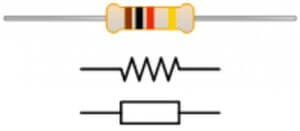



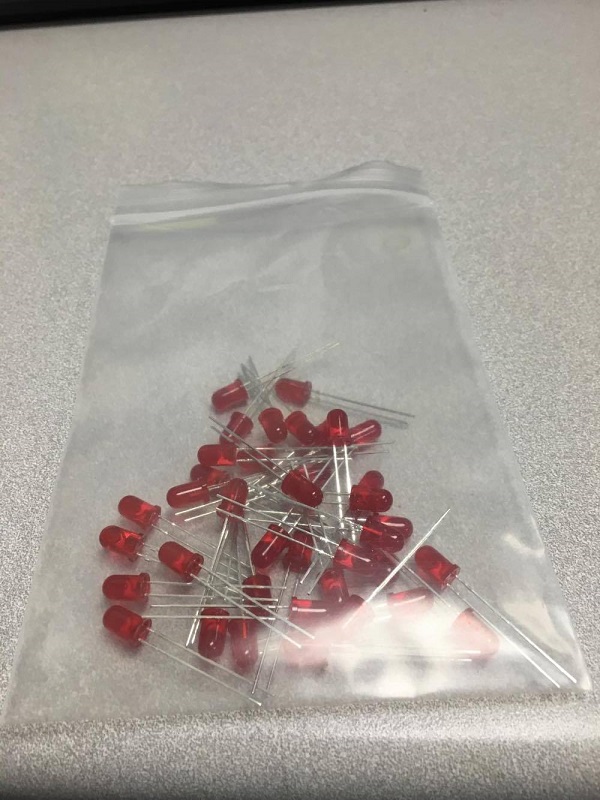
 Or, you could always give it a quick test! Make sure you use a resistor!
Or, you could always give it a quick test! Make sure you use a resistor!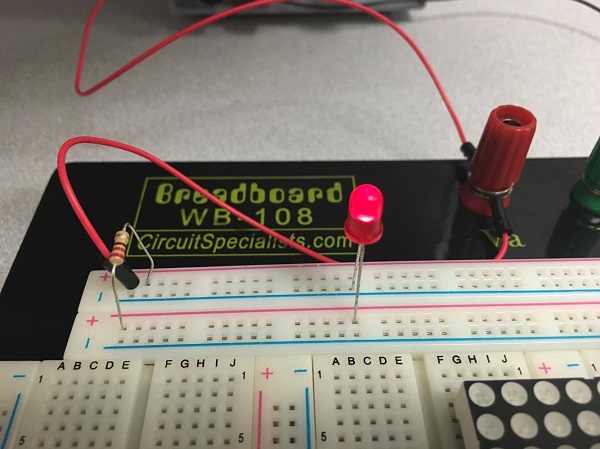
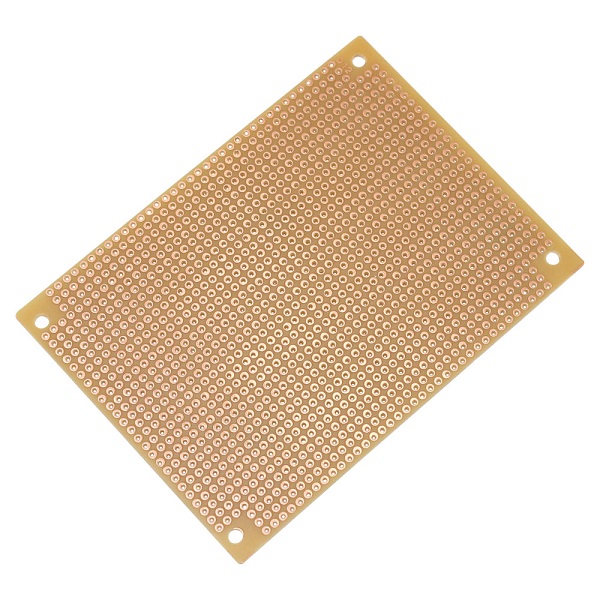
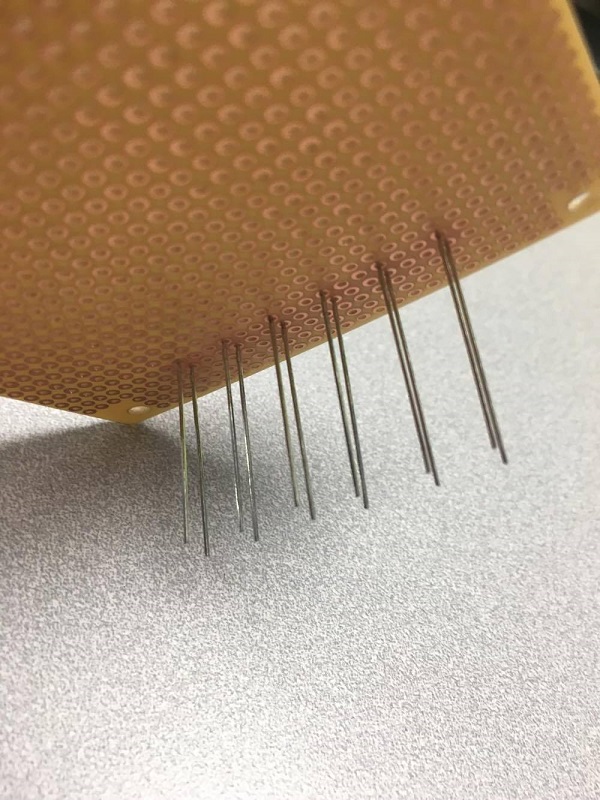
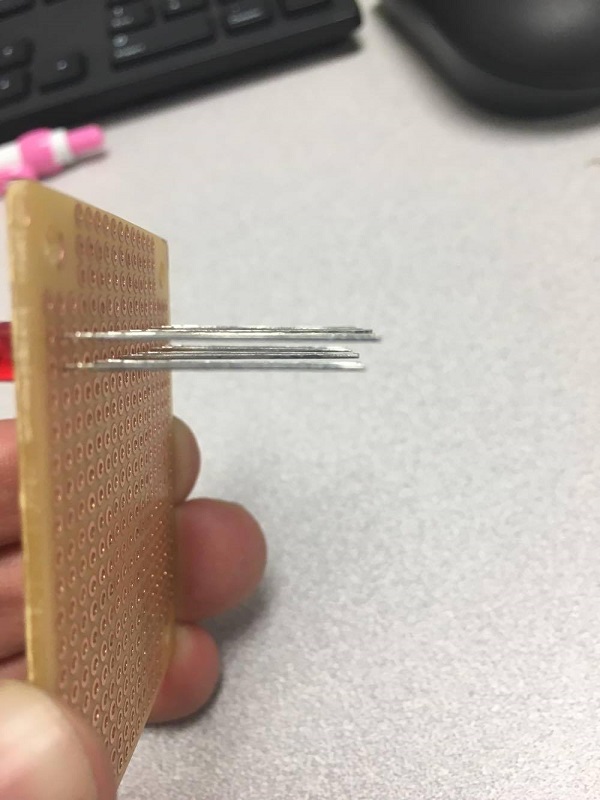
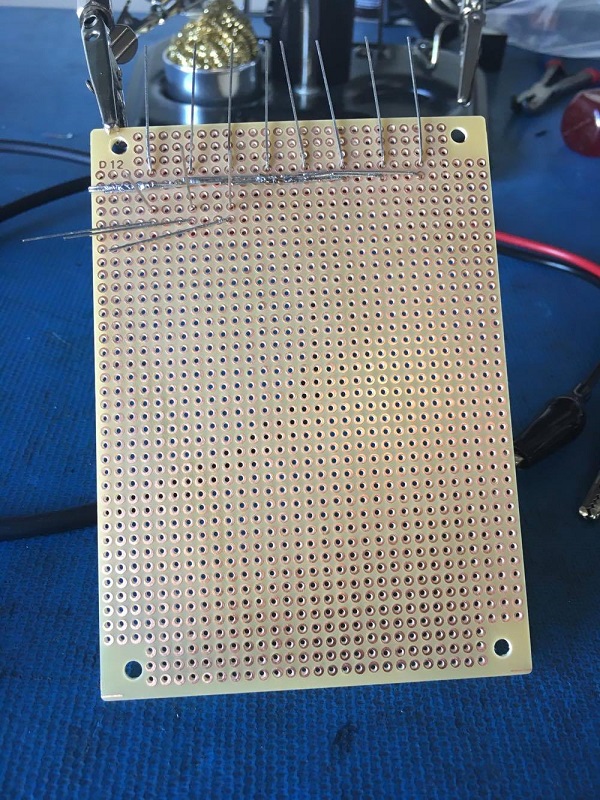
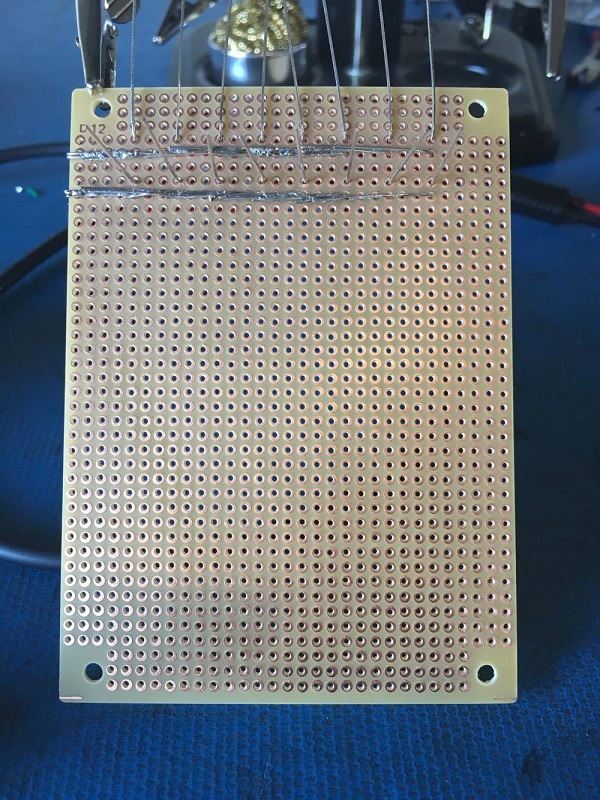
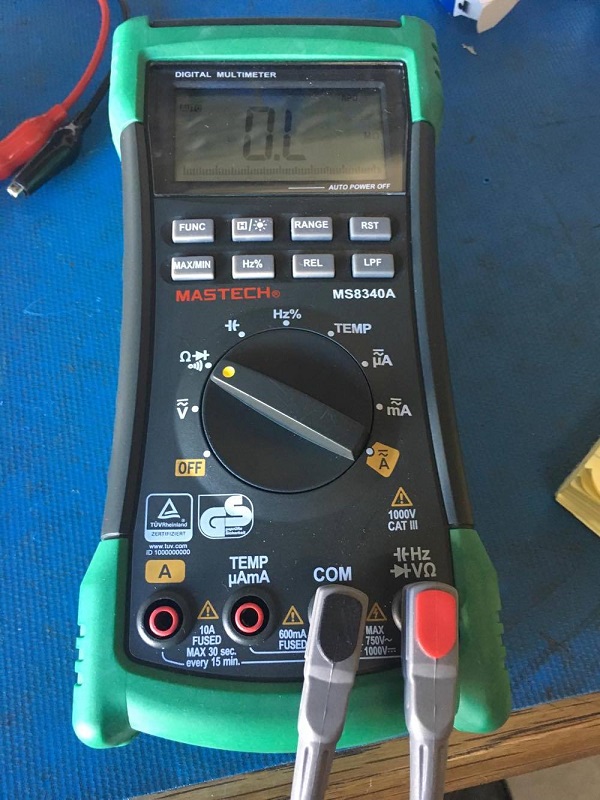 Leads set to each side of the row.
Leads set to each side of the row.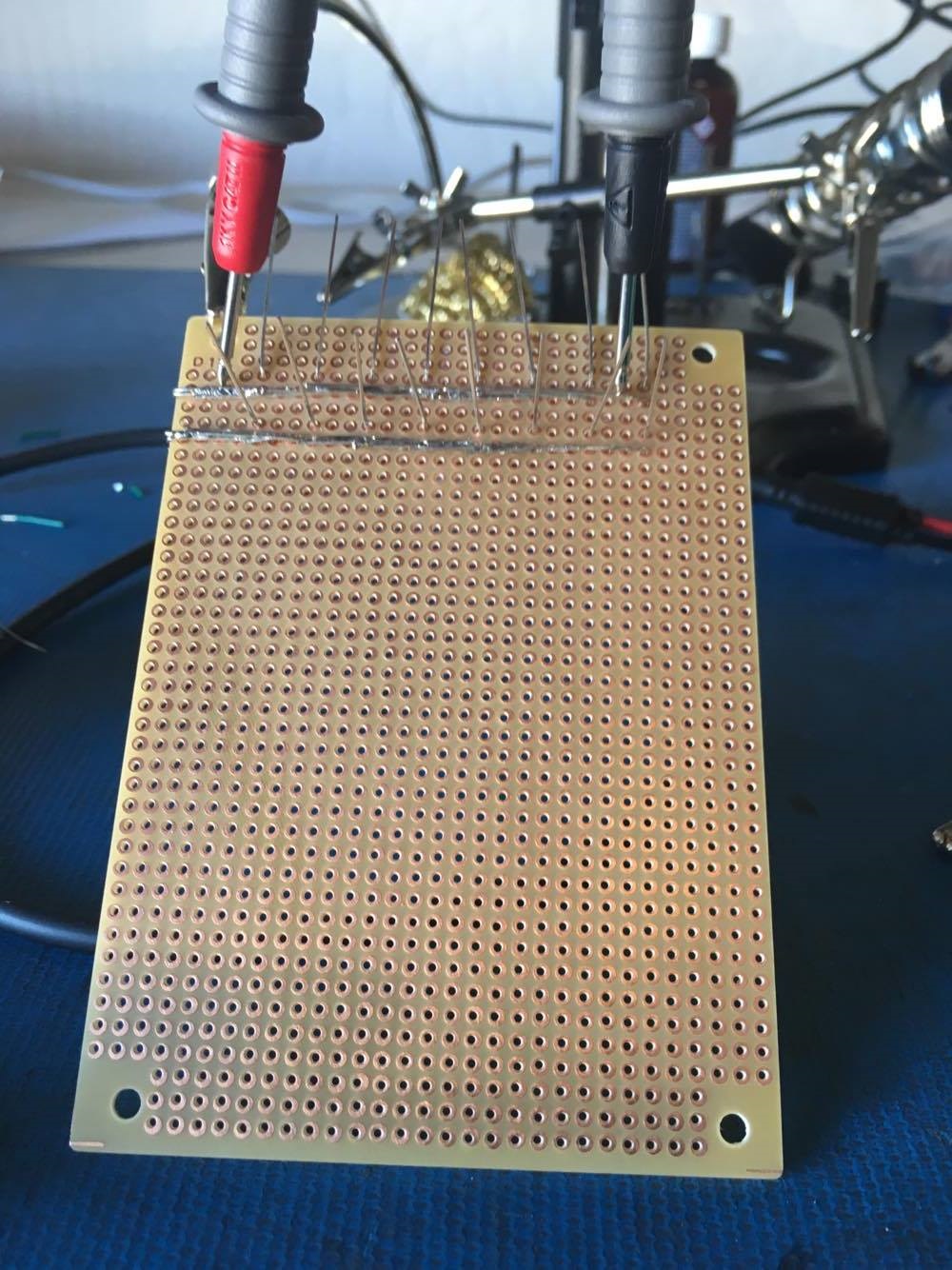
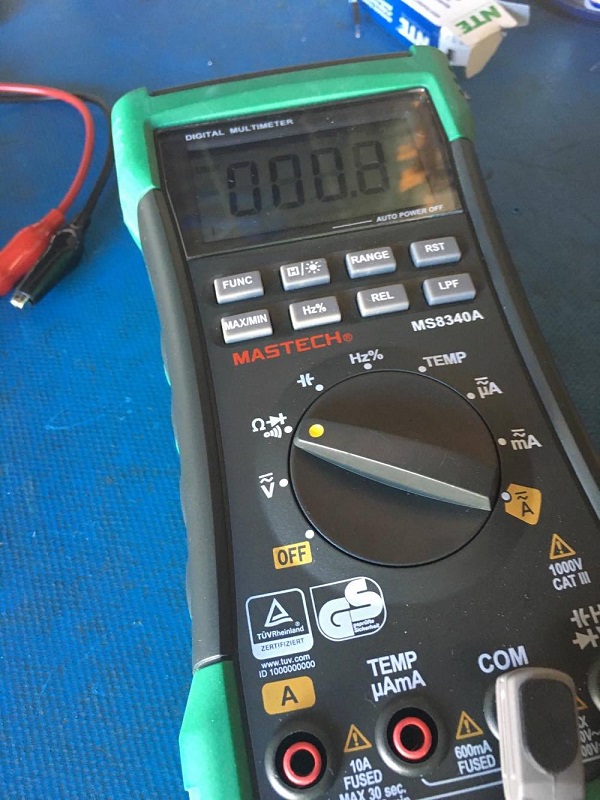
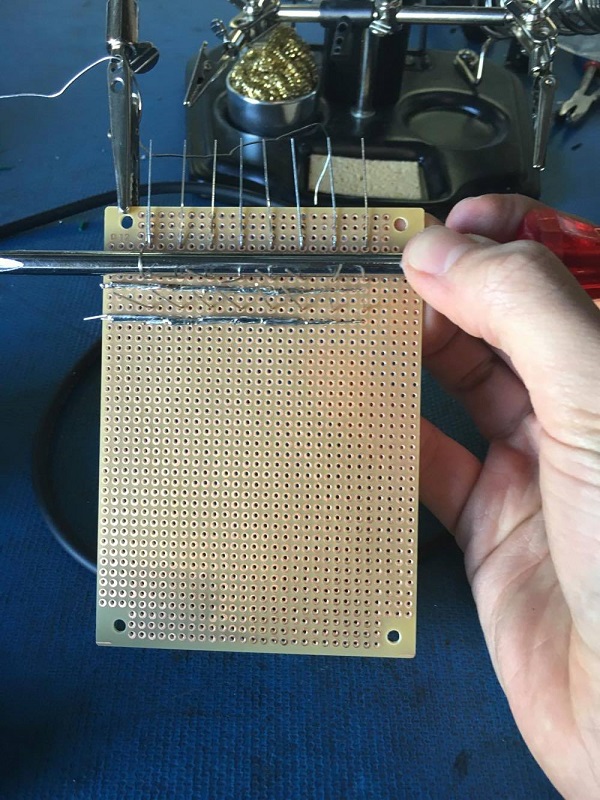
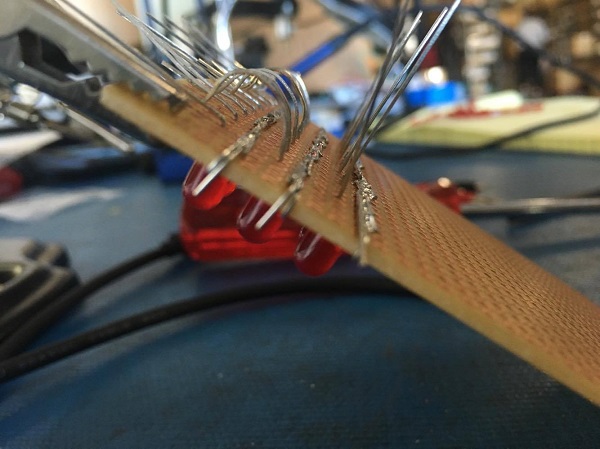
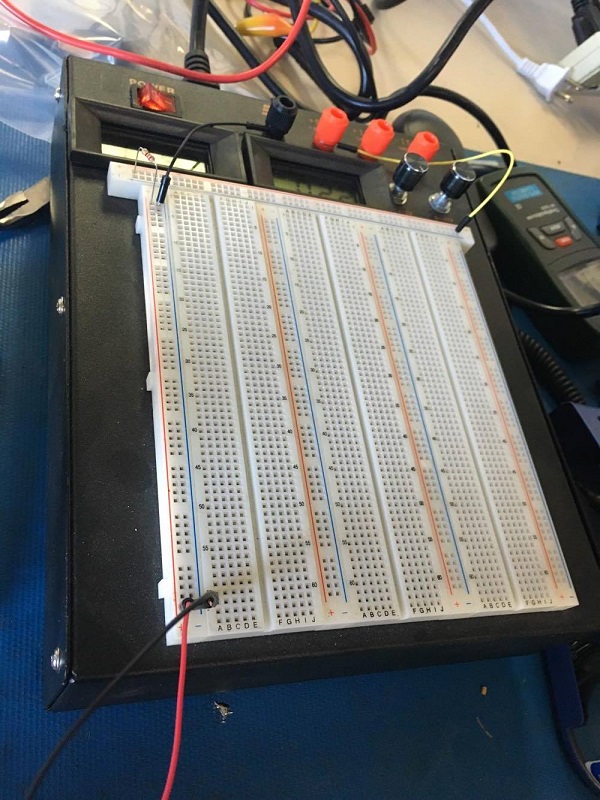
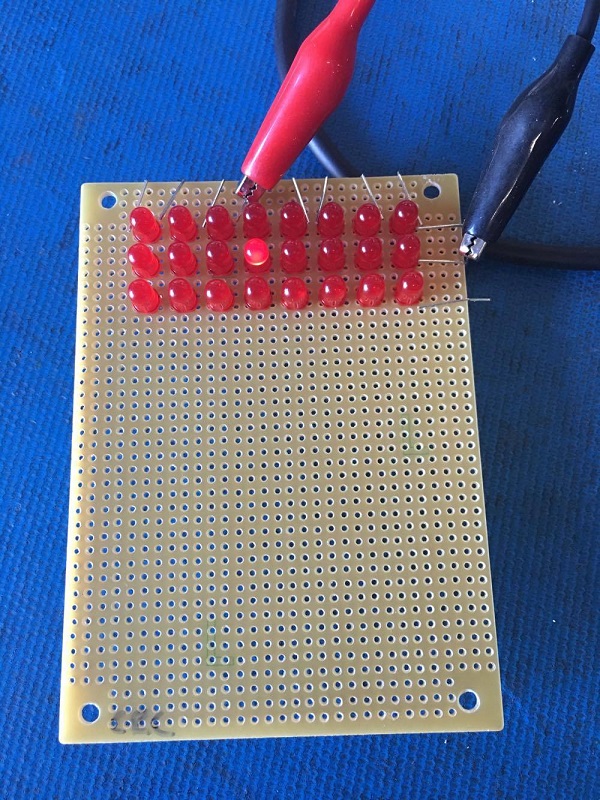
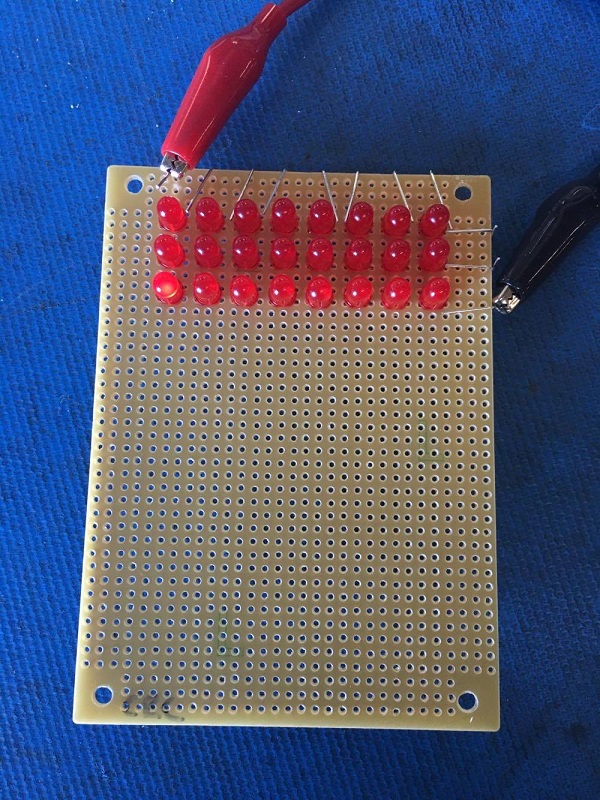
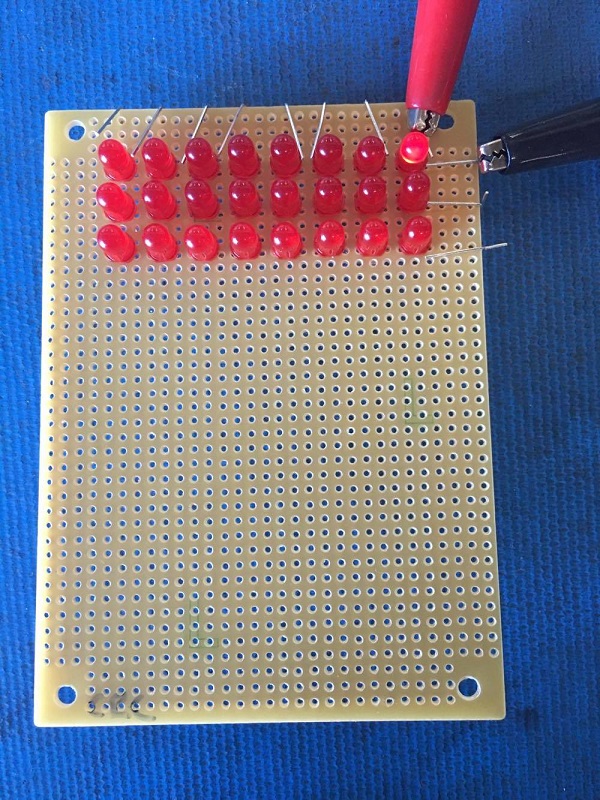

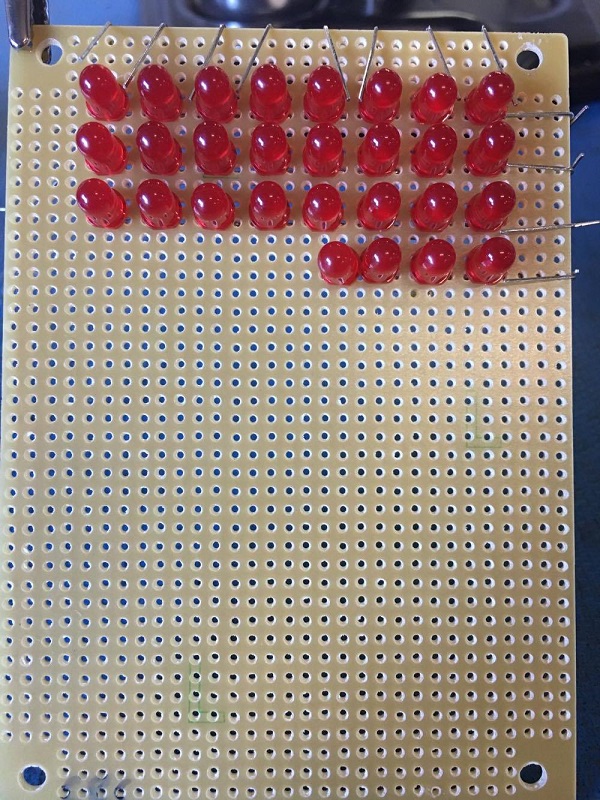
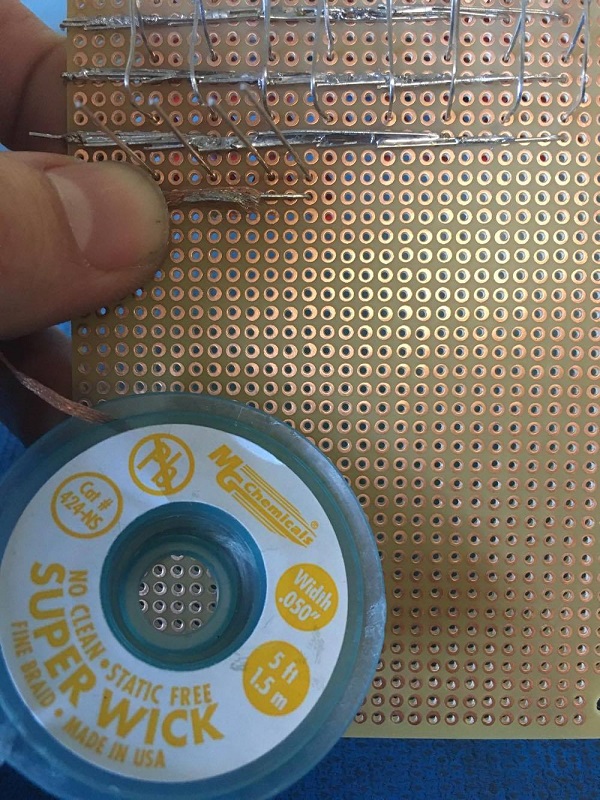
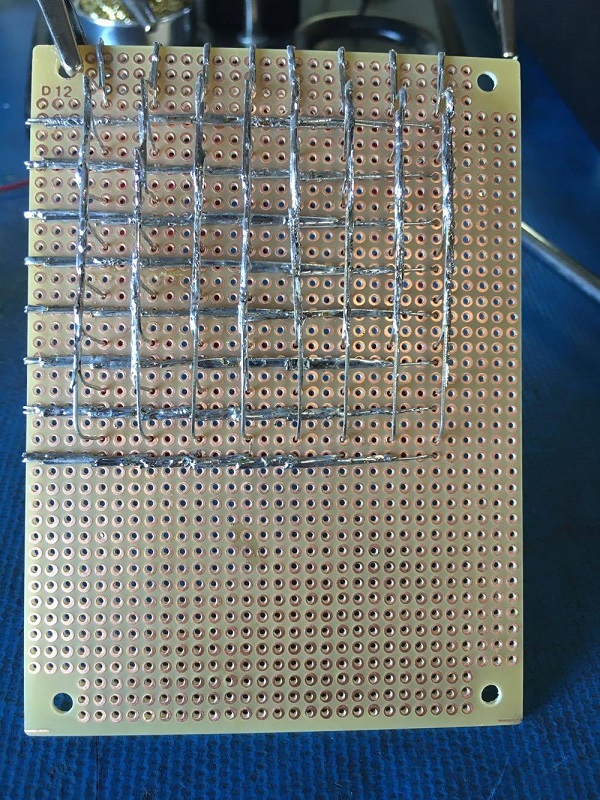
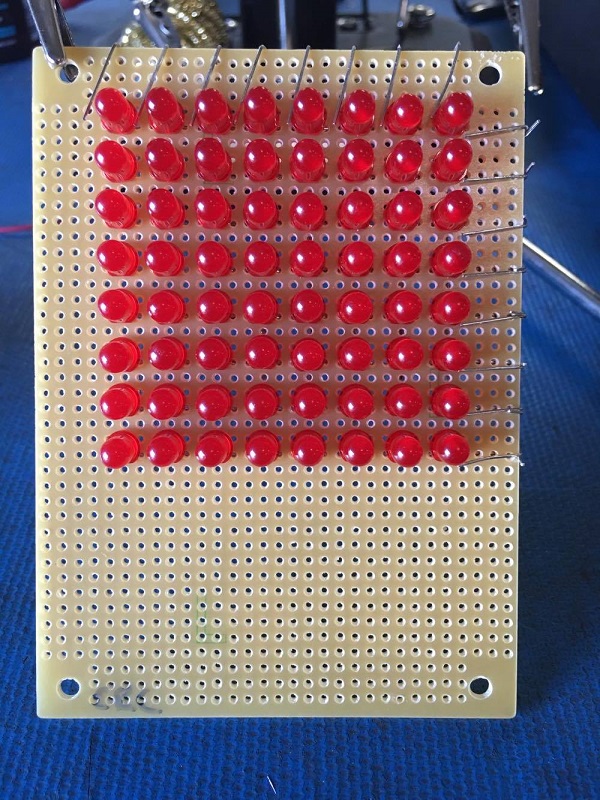
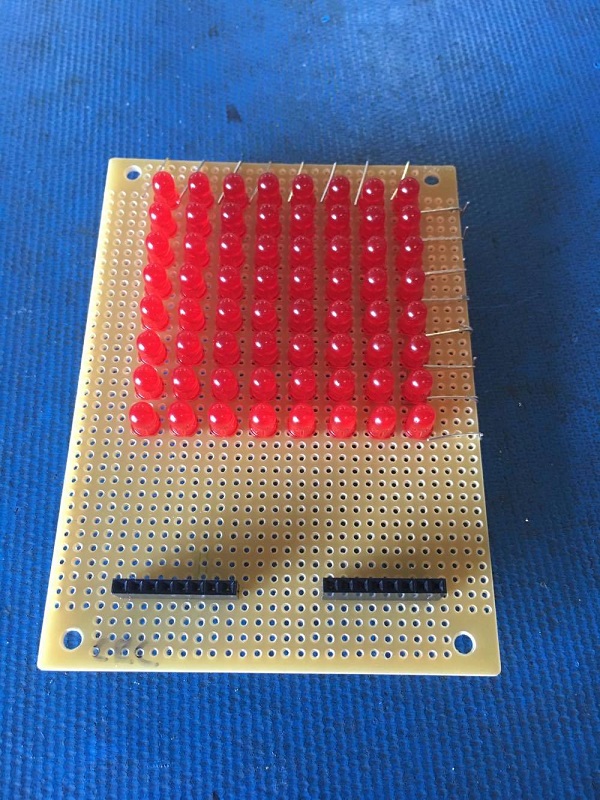 Then we’ll add some solder to keep the headers secure.
Then we’ll add some solder to keep the headers secure.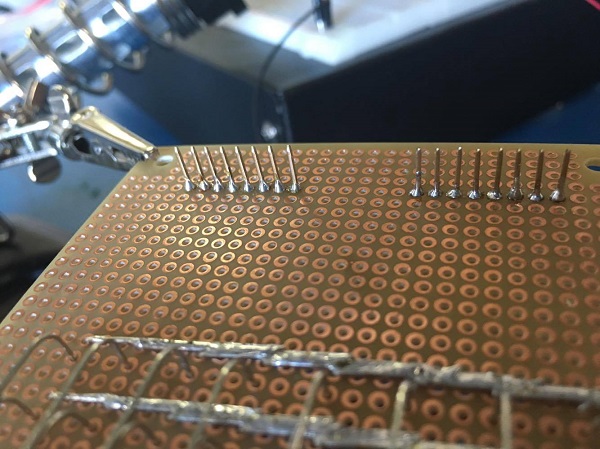
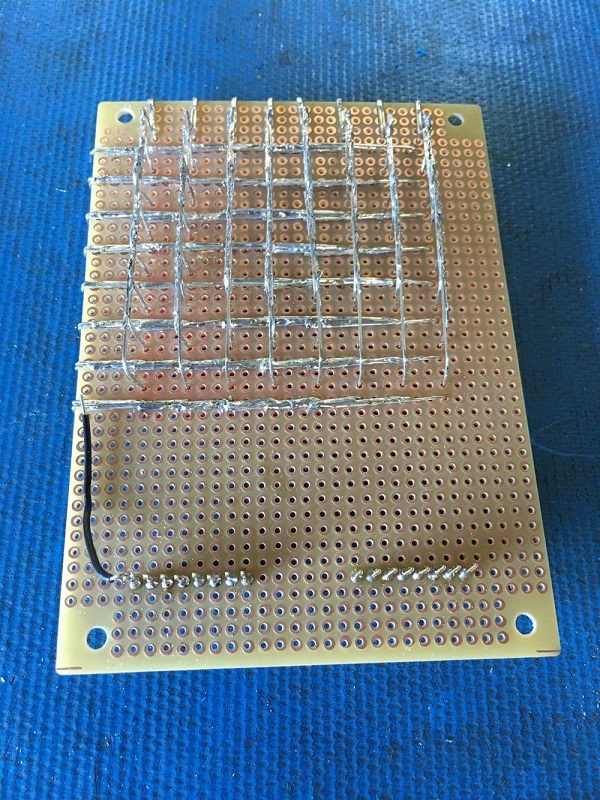
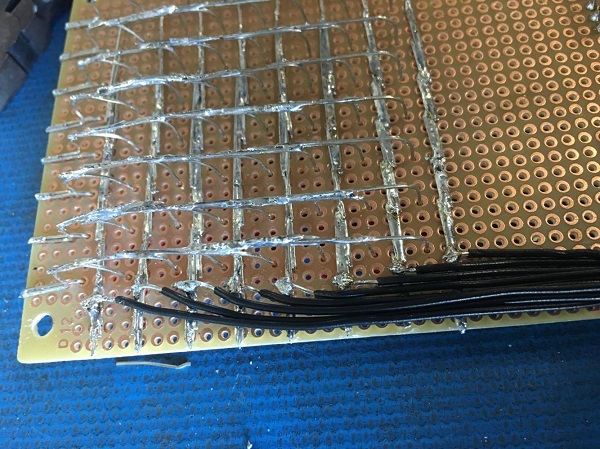 Now we’ll test our connections one by one.
Now we’ll test our connections one by one.